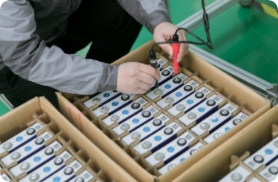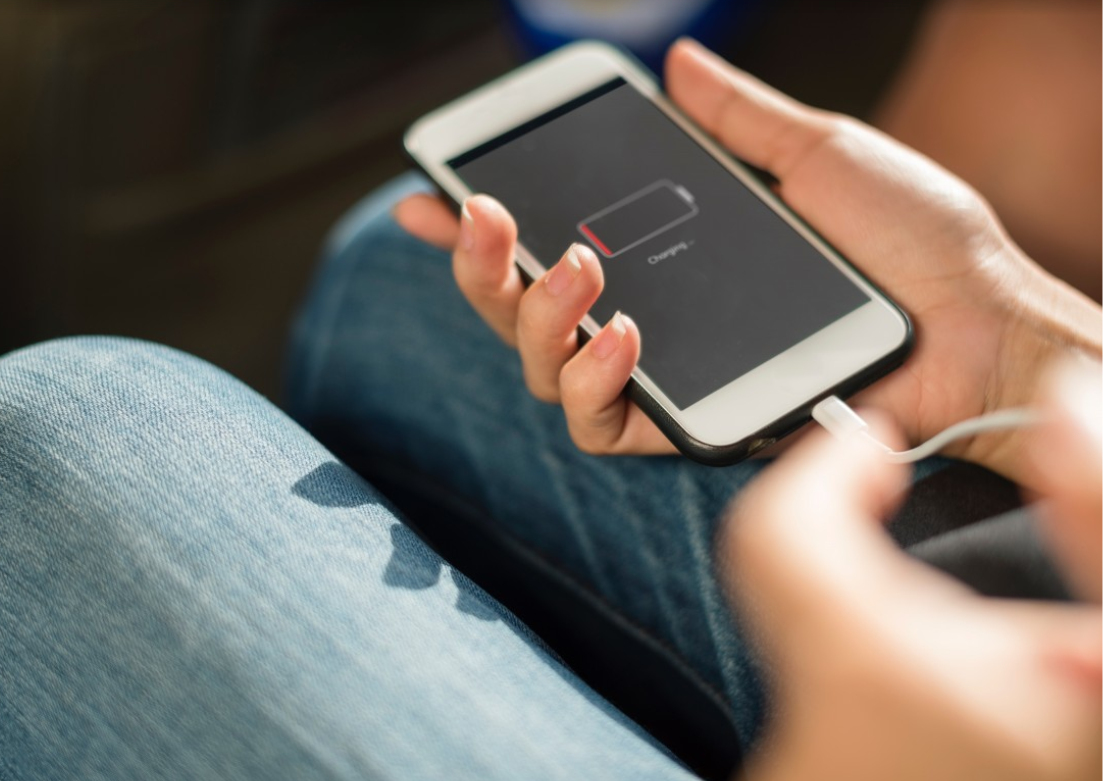 Apr 29,2025
Apr 29,2025 62
62At ThinkVolt, we often hear a critical question from customers upgrading their energy systems: “Can I use my old lead-acid battery charger for lithium batteries?” The short answer is no—and here’s why. In this blog, we’ll explain the key differences between lithium-ion (Li-ion) and lead-acid battery chargers, what to look for when selecting one, and how to ensure safe, efficient charging.
Why Chargers Aren’t Interchangeable
Lithium and lead-acid batteries have fundamentally different charging requirements. Using the wrong charger can lead to:
Overcharging (damaging lithium cells or causing fires).
Undercharging (reducing capacity and lifespan).
Battery failure (due to mismatched voltage profiles).
Let’s break down the science behind these risks.
Key Differences Between Lithium and Lead-Acid Chargers
1. Charging Voltage Profiles
Lead-Acid Batteries:
Use a three-stage charging process: Bulk (constant current), Absorption (constant voltage), and Float (maintenance voltage).
Float Stage: Continuously applies a lower voltage (e.g., 13.8V for 12V batteries) to compensate for self-discharge.
Risk for Lithium: Float charging can overcharge lithium batteries, which don’t self-discharge significantly.
Lithium Batteries:
Require a two-stage process: Constant Current (CC) → Constant Voltage (CV), with no float stage.
Termination: Charging stops when the battery reaches 100% (e.g., 14.6V for LiFePO4). Continued voltage can degrade cells.
2. Voltage and Current Compatibility
Lead-Acid Chargers:
Designed for lower voltage ranges (e.g., 14.4V absorption for 12V lead-acid vs. 14.6V for LiFePO4).
May lack precision to avoid overvoltage in lithium batteries.
Lithium Chargers:
Precisely match lithium chemistry (e.g., LiFePO4: 14.2–14.6V; NMC: 12.6–12.8V).
Adjust current dynamically to prevent overheating.
3. Communication with BMS
Lithium batteries rely on a Battery Management System (BMS) to:
Monitor cell balance.
Prevent overcharge/over-discharge.
Manage temperature.
Lead-acid chargers cannot “communicate” with a BMS, increasing the risk of undetected faults.
5 Must-Check Features When Choosing a Charger
1. Chemistry-Specific Charging Modes
Ensure the charger supports your battery type (e.g., LiFePO4, NMC, AGM, or flooded lead-acid). Look for labels like “LiFePO4-Compatible” or selectable modes.
2. Voltage and Current Ratings
Match the charger’s output voltage to your battery’s nominal voltage (12V, 24V, 48V).
Confirm the current rating (amps) aligns with your battery’s capacity. Example:
A 100Ah lithium battery can safely handle a 20A charger (0.2C rate).
3. Safety Protections
Prioritize chargers with:
Overvoltage/Undervoltage shutdown.
Temperature sensors to halt charging if overheating.
Short-circuit and reverse polarity protection.
4. Smart Charging Capabilities
Advanced chargers automatically:
Adjust charging stages based on battery state.
Sync with BMS data (via Bluetooth or CAN bus).
5. Certifications
Look forUL, CE, or RoHS certifications to ensure quality and safety.
FAQs: Charger Compatibility Simplified
Q1: Can I modify a lead-acid charger to work with lithium batteries?
No. Even with voltage adjustments, lead-acid chargers lack the correct algorithms and safety protocols.
Q2: What if my lithium battery has a built-in BMS?
A BMS protects the battery but doesn’t fix a mismatched charger. Always pair with a lithium-specific charger.
Final Tips for Safe Charging
Never leave batteries unattended while charging.
Store batteries in a cool, dry place (below 35°C/95°F).
Recycle old chargers responsibly—contact ThinkVolt for eco-friendly disposal options.



